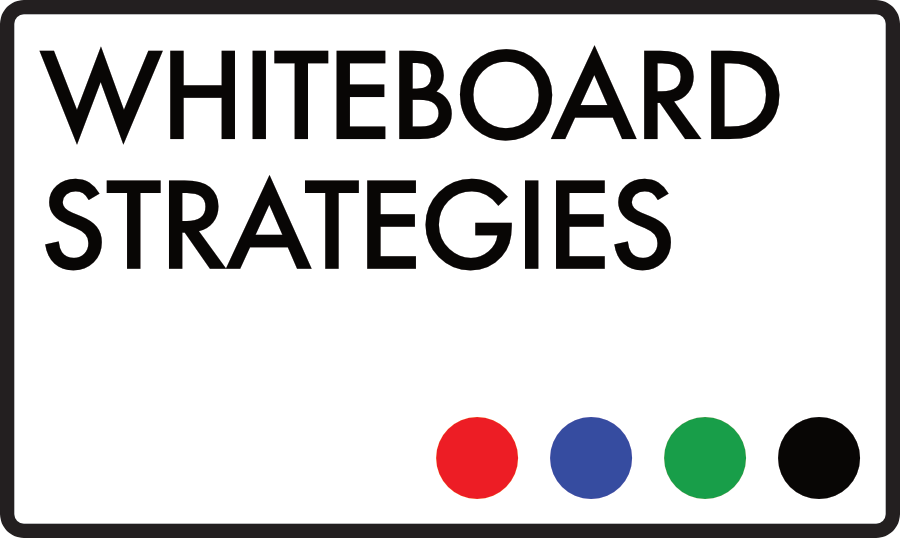Back in the day, we thought that the guys in marketing were the enemy. Salespeople were the grafters, the hungry ones. Driven, results focused, keen to deliver. Marketing types were wishy-washy, a load of would-be writers and artists drinking their coffee black and spending all day talking – just talking – about how to make people buy our latest offering. We didn’t talk about it; we got out and sold it.
It was an industry-wide phenomena – talk to any salesperson of a certain age and they’ll tell you the same thing – people in marketing are up their own arses, afraid of hard work, love feeding sales teams weak leads and then complaining when we don’t convert them. Talk to anyone that worked in marketing back in the day and they’ll have their own set of complaints – salespeople are grunts, ground troops, cannon fodder who couldn’t think their way out of a paper bag and panic if a prospect takes them off-script.
That’s how it was – and how it was for longer than it should have been, thanks to the sort of half life of opinion that you only get after decades of animosity. One thing’s for sure though – it’s not how things are now.
For years now, people have been talking about the need to close the gap between sales and marketing. It’s easy to see why. Back in 2013 Forbes wrote an article saying that by the time a prospect reaches out to your organisation, they’re 80% of the way through their purchase cycle. Thanks to the availability of data on you, your organisation and your product, they don’t need to talk to your people any earlier than that. In a way that’s a dream – qualified leads who already know your offering inside out approaching you and asking you to close a deal with them.
But in another way it means that the roles of sales and marketing teams have had to change, and there are still plenty of organisations lagging behind on this. Lots of lead prospecting strategies that held good for decades simply don’t work anymore – if B2B customers are generally buying 80% through their buying cycle, they’re not sitting around waiting for a cold call – and it’s more important than ever for sales people to find a route into trusted advisor and strategic selling positions, rather than getting in, making the quick buck and getting out.
This is vital, since your prospects are making their decision either at the beginning of their purchase cycle – i.e. getting 80% through that cycle before approaching you, but always knowing that they’re going to – or deciding on the fly at the point when they need to bring a partner in. Either way, your organisation stands a far better chance of closing that deal if they are occupying those key strategic positions – share of mind equals share of market, now more than ever.
Marketing teams need to evolve too – integrating with the sales process, knowing how sales team work, sharing processes and techniques with their sales teams. According to App Data Room, around 60% of marketing staff still send all leads through to sales teams, even though only around a third of those leads are qualified. That’s a monumental waste of everyone’s time, punting slow, agonising work over to the sales department without sweetening the deal with any real value. It’s a cup of shit tea without a sugar in sight.
Where organisations are lacking the widescreen, high-level tactical alignment they need, it’s never the fault of sales or marketing teams – it’s the fault of sales and marketing directors. I know there are more of you out there than ever, and you’re out there for a reason – because sales and marketing need to be aligned, need to be mutually beneficial, and need to share their resources, their training and their wins.
How? We’ll go into that in next week’s piece, stay tuned. Needless to say, though, it involves the greatest piece of persuasion technology in the world… and knowing how to use it.

Recent Comments